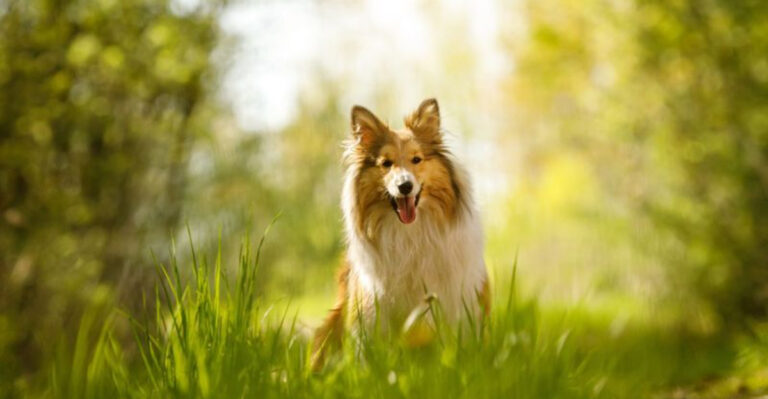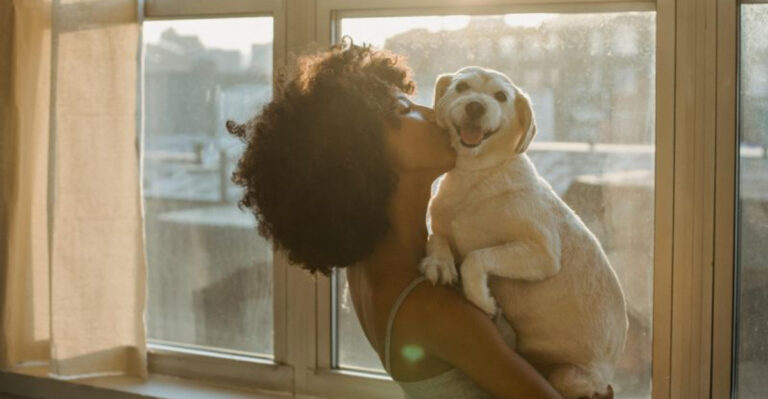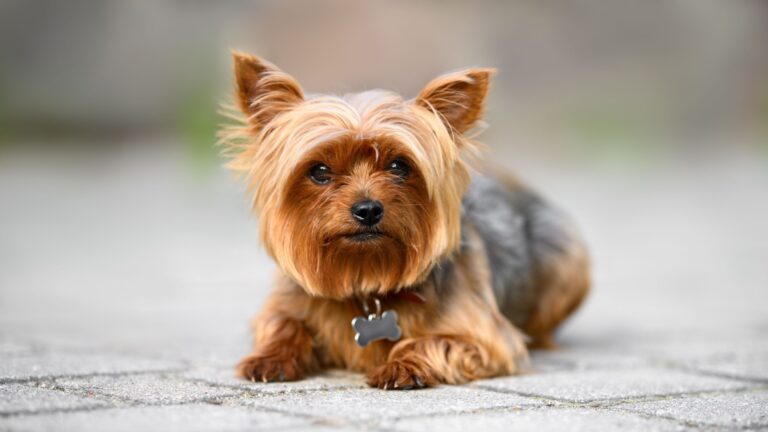16 Playful Ideas To Help Your Older Dog Stay Young At Heart
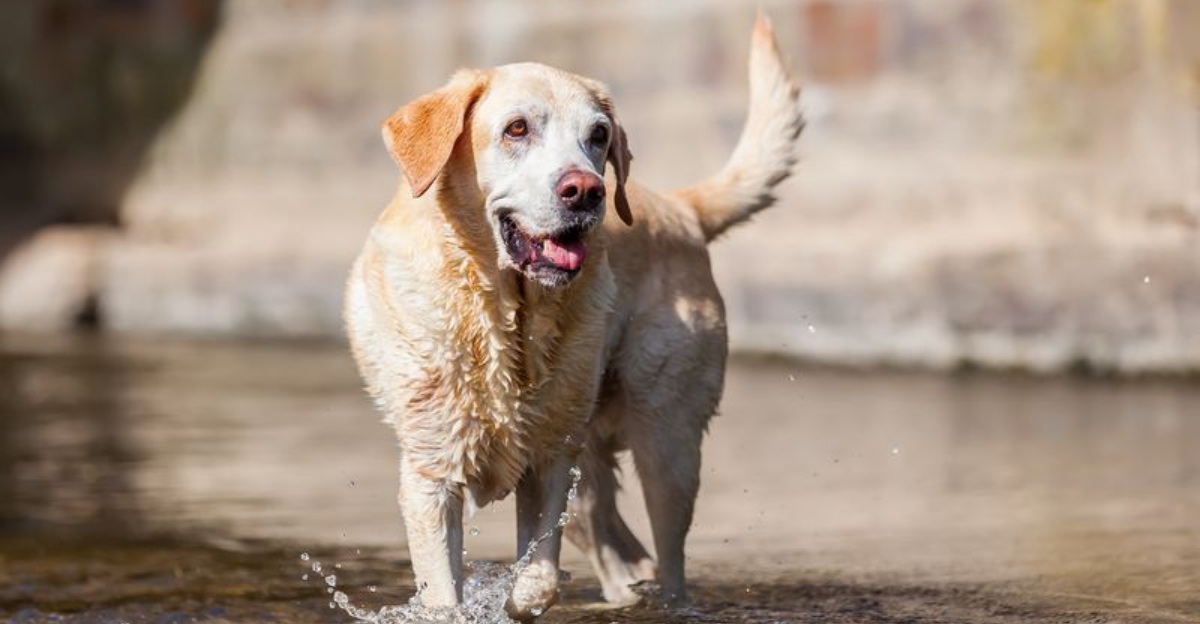
Just because your dog’s getting older doesn’t mean the fun has to stop! Keeping senior pups active helps them stay strong, happy, and full of tail wags.
Let’s dive into easy, gentle ways to keep those golden years truly golden!
1. Socialization Activities
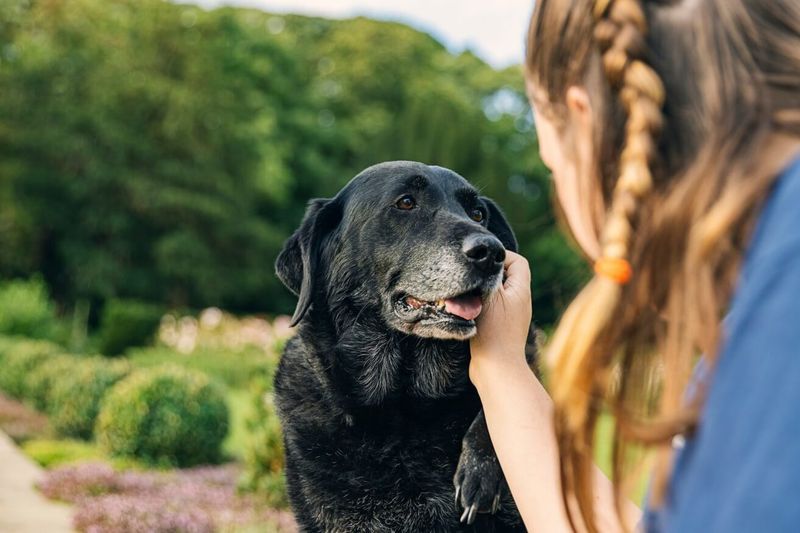
Social time isn’t just for puppies—senior dogs love it too! Playdates with calm, friendly pups can lift their spirits and keep their minds sharp.
Pick companions that match your dog’s pace so it’s all fun, no stress.
These moments of connection can ease anxiety and bring a little extra wag to their day.
Keep an eye on the play to make sure it stays gentle and safe.
With the right buddies, social time becomes a heartwarming part of their golden routine!
2. Gentle Walks
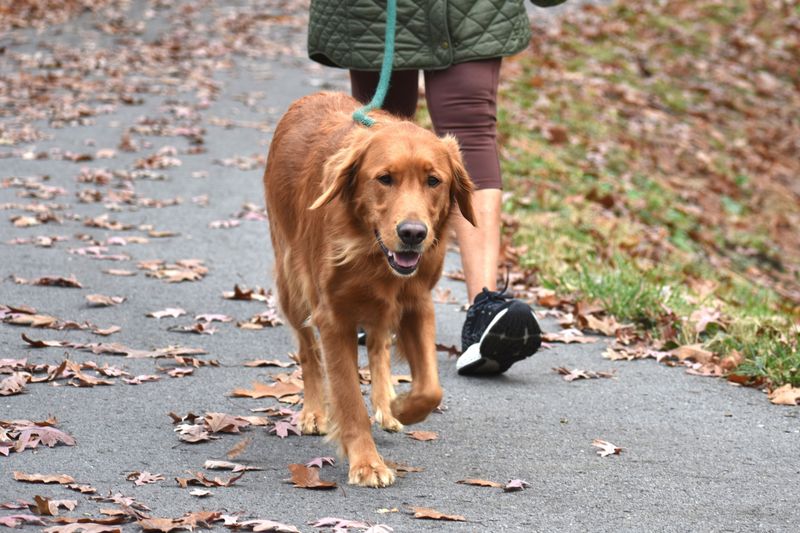
Walking is a classic for a reason—it’s easy, gentle, and great for your senior pup. Start with a short stroll and see how they’re feeling.
If they’re wagging and walking strong, you can slowly go a little farther each time. Bonus: all those new smells are like a nose-powered adventure!
Stick to soft paths like grass to be kind to those aging joints.
Bring along some water and keep an eye on the weather—hot pavement and senior paws don’t mix.
Most importantly, go at *their* pace—this walk is all about their comfort and joy!
3. Interactive Toys
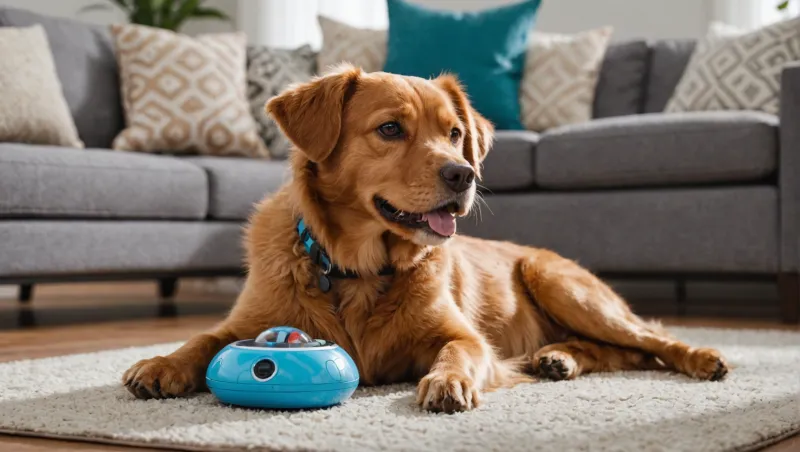
Interactive toys are like brain games for your senior dog—and they come with treats, which is a total win! These clever toys keep their minds sharp and bodies gently moving.
Choose options that are easy on their teeth and simple to figure out, so they don’t get frustrated.
Show them how it works, cheer them on, and watch their confidence grow with every treat they earn.
Rotate toys now and then to keep things fresh and exciting—they love a little surprise!
And of course, always keep an eye on playtime to make sure it stays safe and fun.
4. Regular Rest Periods
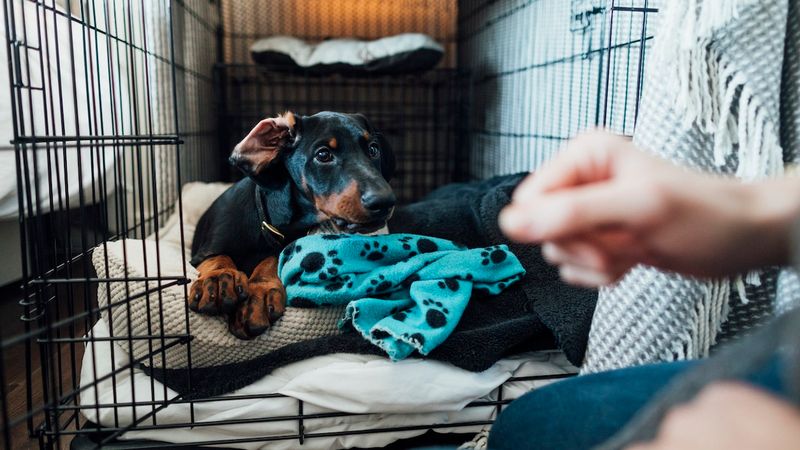
Rest is just as important as play for your senior pup—it’s how they recharge those sweet, aging bones.
After any activity, make sure they have a soft, quiet spot to relax and unwind.
Their bodies need extra time to recover, so always listen to their cues and let them nap when they’re ready.
Balancing movement with downtime keeps them happy, healthy, and full of tail wags.
A cozy bed in a peaceful corner can be their personal little sanctuary.
5. Nose Work Games
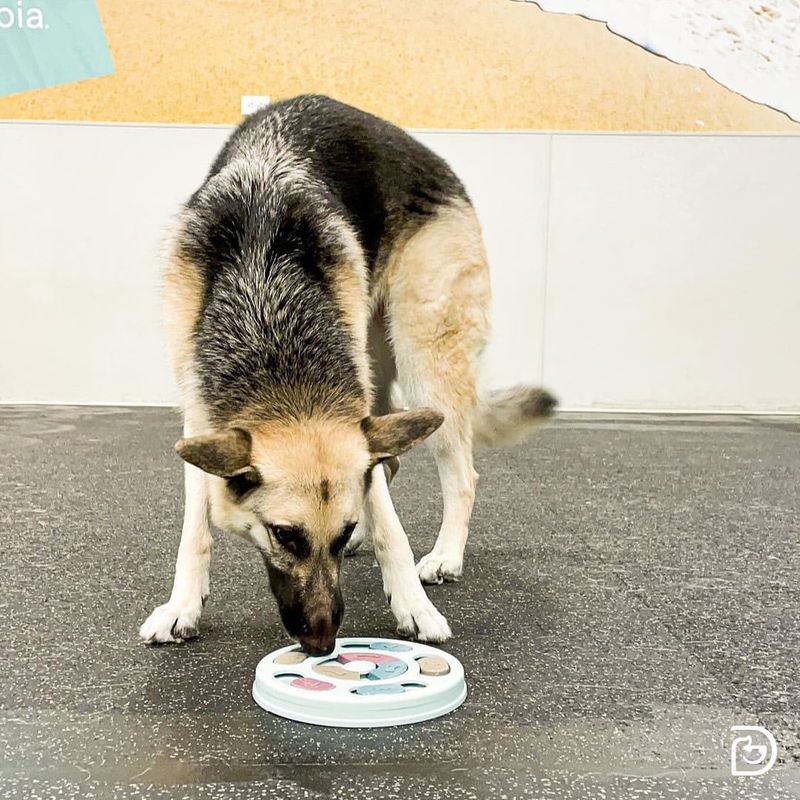
Nose work games are like treasure hunts for your senior pup—and they get to use their amazing sniffer!
Hide treats around the house or yard and let the sniffing adventure begin.
Start simple, then make it trickier as they get the hang of it—more challenge, more fun!
It keeps their brain buzzing and gets them moving without too much strain.
Plus, it’s a fun bonding moment that feels more like play than exercise.
Just be sure to use dog-safe treats that match their age and dietary needs!
6. Gentle Playtime
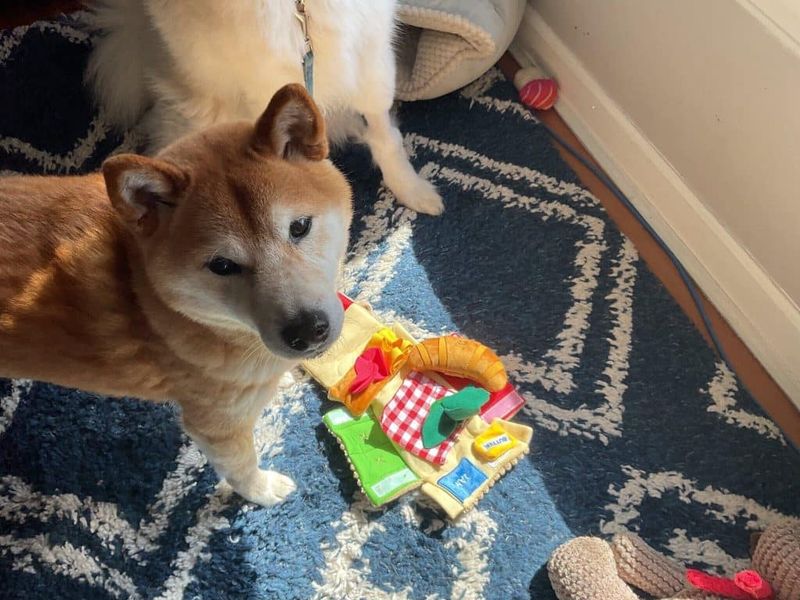
Gentle playtime is a feel-good way to keep your senior pup moving and smiling. Soft tug-of-war or a slow game of fetch with a plush toy works wonders.
These low-key games help maintain strength and coordination without wearing them out.
Watch their energy—if they start slowing down or lose interest, it’s time to pause and cuddle.
Stick to toys that are easy to hold and skip the rough stuff to keep things safe.
Best part? It’s not just exercise—it’s quality bonding time that lifts both your spirits!
7. Acupuncture Therapy
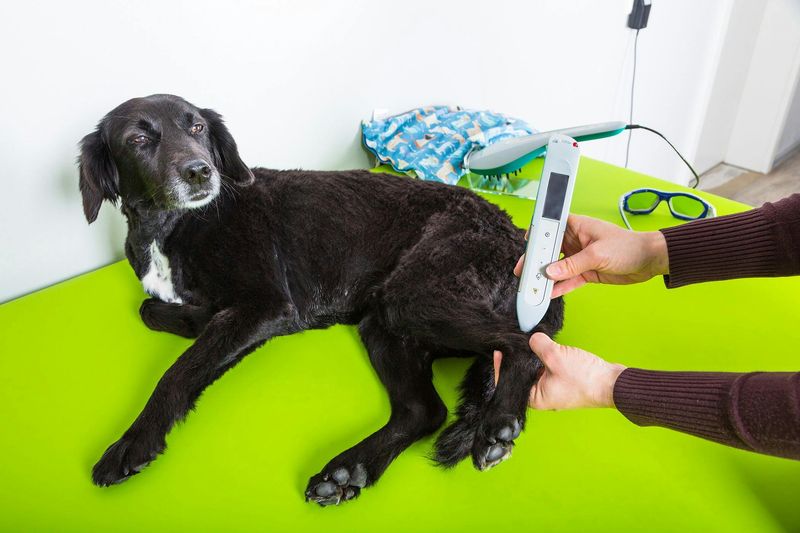
Acupuncture isn’t just for humans—your senior dog can benefit too! This gentle, needle-based therapy can ease pain, boost circulation, and help stiff joints feel better.
Sessions are safe, usually painless, and done by trained pros who know how to keep pups comfy.
It’s a calming, holistic way to support your dog alongside regular vet care.
Many dogs feel more mobile and relaxed after just a few visits.
Talk to your vet to see if acupuncture could add a little extra comfort to your dog’s golden years!
8. Massage Therapy
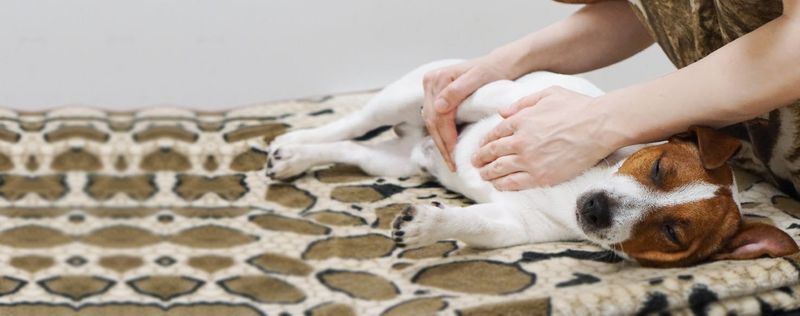
Massage therapy is like spa day for your senior pup—soothing, relaxing, and oh-so-beneficial! It helps ease achy joints, boosts circulation, and melts away tension.
You can learn a few gentle techniques or treat them to a session with a pro pet masseuse.
Massaging after a walk is the perfect way to help them unwind and feel their best.
It’s also a sweet bonding moment that adds a little extra love to their routine.
Just watch for any signs of discomfort and keep the pressure soft and comforting.
9. Balanced Diet

A balanced diet is like fuel for your senior pup’s golden-year adventures! The right food keeps their energy up, their joints happy, and their tail wagging.
Choose high-quality meals tailored to their age and any health needs—they deserve the good stuff!
Chat with your vet to make sure they’re getting all the essentials, from protein to fiber.
Watch those portions though—extra pounds can slow them down and stress their body.
And yes, healthy treats in moderation keep them motivated and feeling fabulous during play and training!
10. Regular Vet Visits
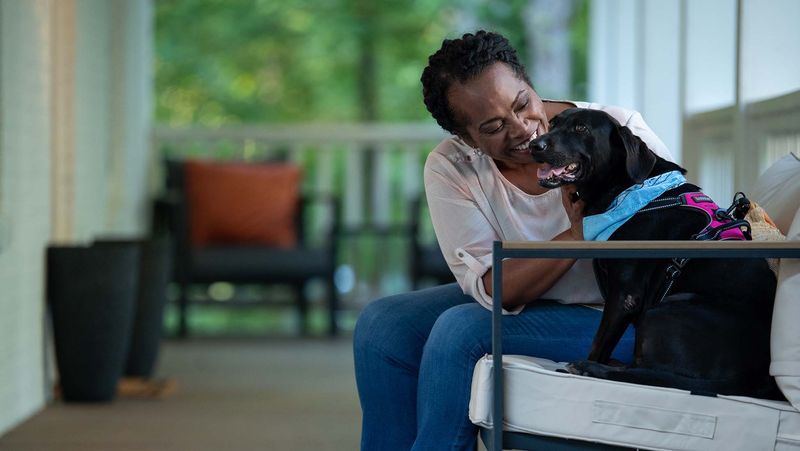
Regular vet visits are a must-have on your senior dog’s wellness checklist! These check-ups help catch sneaky issues early and keep your pup feeling their best.
Noticing changes in behavior or energy? Bring it up—your vet can tweak their care plan to match their needs.
Routine exams also make sure their vaccines and meds are right on track.
Staying on top of health means more happy tail wags and playful moments.
It’s all about helping them enjoy those golden years with comfort, joy, and lots of love!
11. Puzzle Feeders
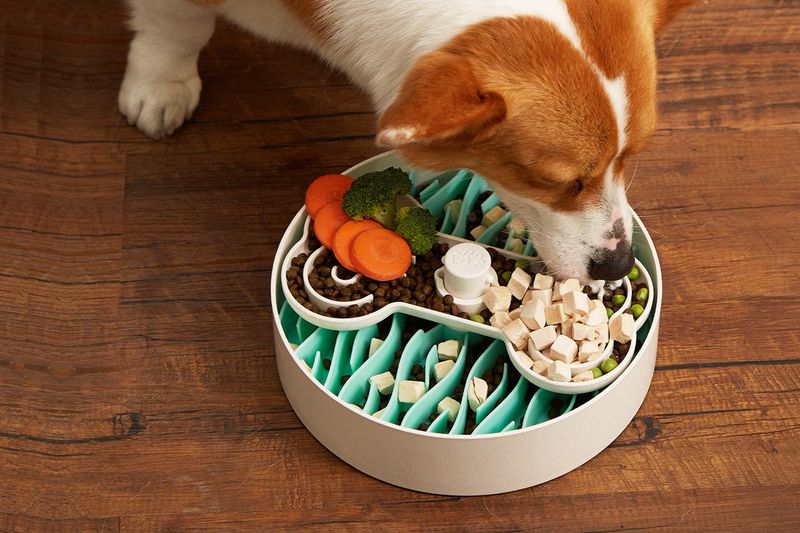
Mental stimulation is just as important as physical exercise for older dogs. Puzzle feeders are an excellent tool to achieve this balance.
By hiding treats in a puzzle feeder, you encourage your dog to think and problem-solve.
This activity not only slows down their eating, promoting better digestion, but also provides an engaging challenge that keeps their mind sharp.
Choose feeders that are specifically designed for senior dogs, considering their reduced energy levels and potential arthritis.
12. Hydrotherapy
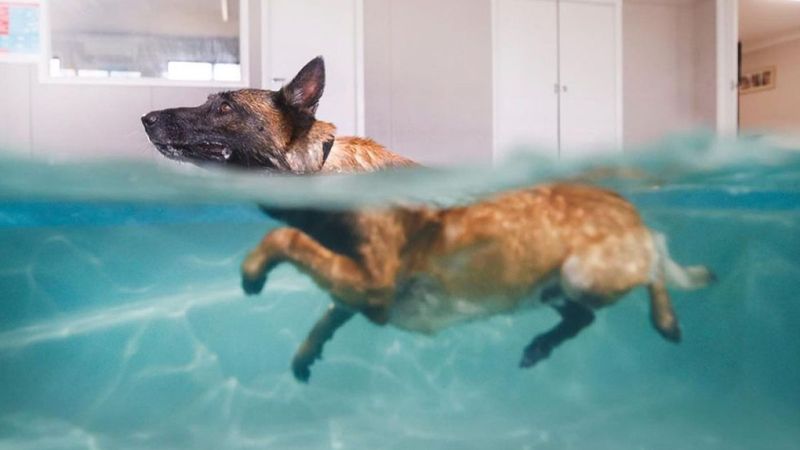
Hydrotherapy is like a gentle workout in water, perfect for senior pups who need a little extra joint support.
The buoyancy helps them move freely without putting pressure on sore spots.
It’s great for boosting strength, flexibility, and even confidence—especially after surgery or with arthritis.
Sessions are usually led by trained pros in safe, calm settings designed just for dogs.
Each session can be tailored to your dog’s needs, making it both effective and enjoyable.
13. Senior Dog Yoga
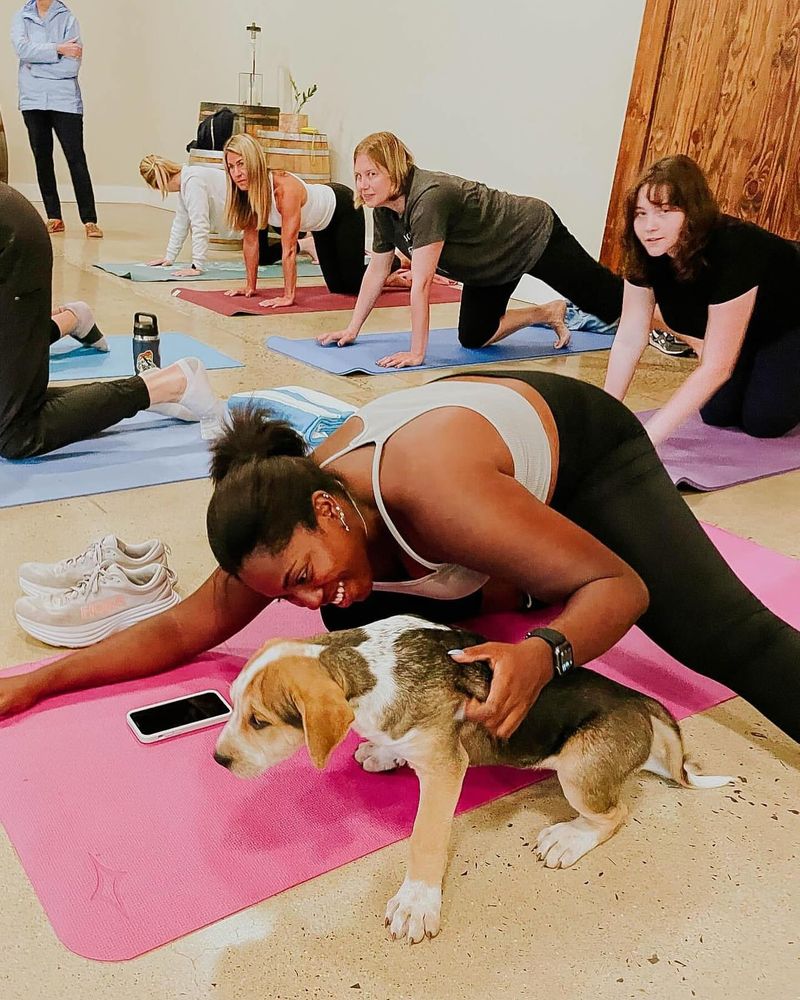
Doga—yes, yoga with your dog—is a sweet and gentle way to stretch, relax, and bond with your senior pup! It’s all about slow movements, calming vibes, and cozy connection.
Many poses can be adapted for your dog’s comfort, helping with flexibility and soothing stiff joints.
It’s not just good for their body—it’s a stress-buster for both of you.
You’ll share peaceful moments, belly rubs, and maybe a few tail wags during savasana.
Just keep it comfy, go at your pup’s pace, and enjoy the zen together!
14. Gentle Fetch
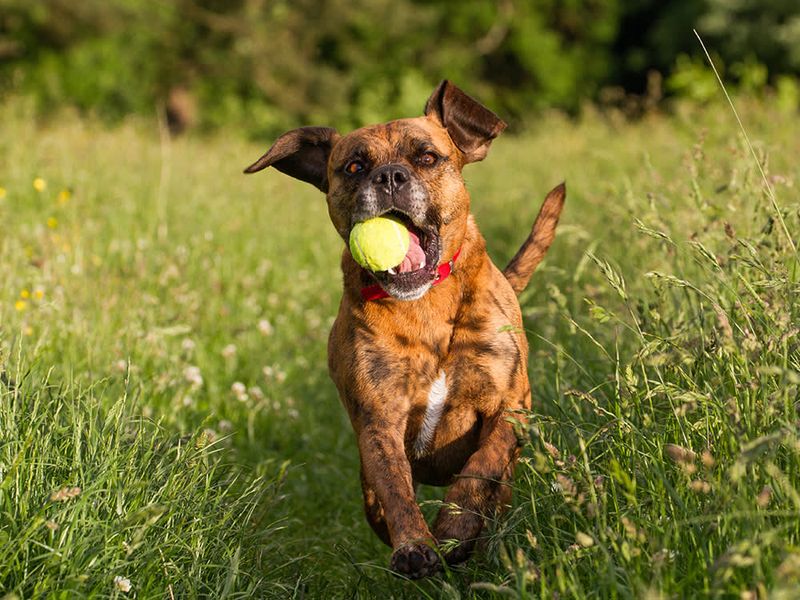
For those dogs that still have a playful spirit, fetch can be modified to suit their needs. Use soft and lightweight toys to prevent any strain.
This game keeps them active without the risks associated with high-impact exercises.
Playing fetch in a controlled environment, like a fenced yard, ensures their safety while they have fun. This activity can be as short or long as your dog’s energy levels allow.
Always monitor their condition, and don’t hesitate to take breaks.
15. Swimming Sessions
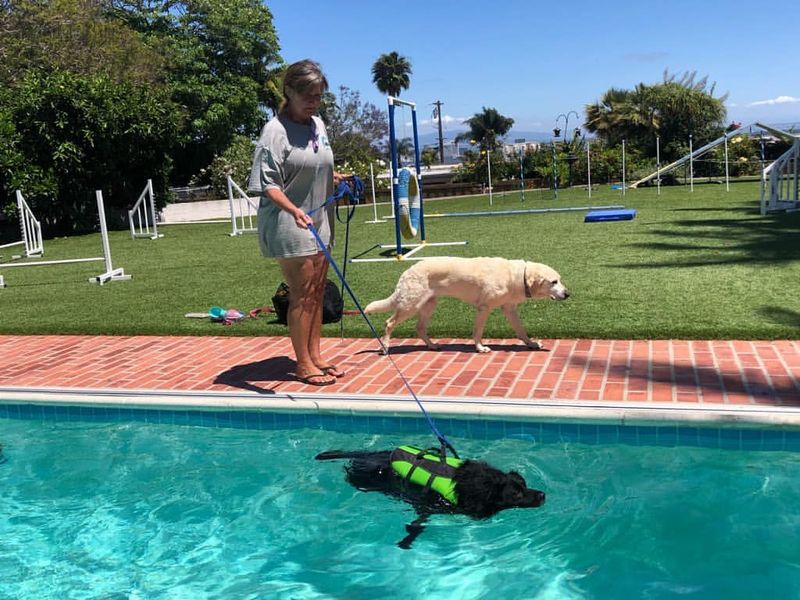
Swimming is a splash-tastic way for senior dogs to stay active without stressing their joints. It’s gentle, full-body fun that’s perfect for pups with arthritis or mobility issues.
Start slow in a safe, clean spot and stay close—doggy life vests are great for extra peace of mind.
As their confidence grows, you can slowly increase swim time and let them paddle their way to better health.
It helps with strength, heart health, and gives them a cool way to beat the heat.
Plus, watching your pup enjoy a little water workout is just plain adorable!
16. Short Training Sessions
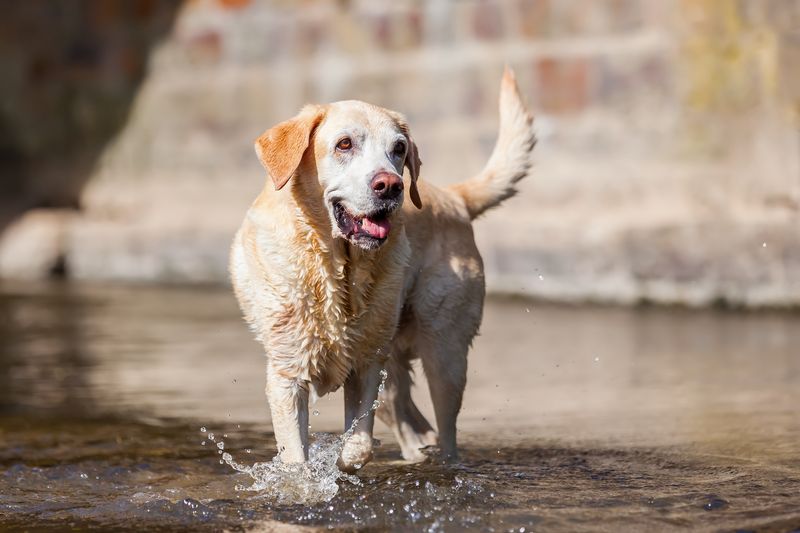
Training isn’t just a young pup’s game—senior dogs love learning too! Keep it short, sweet, and fun with easy commands that won’t strain their body.
Use tasty treats and tons of praise to keep their tail wagging through every little win.
These sessions keep their minds sharp and deepen your bond like nothing else.
Plus, it’s a great confidence boost that makes them feel proud and connected.
A few minutes a day can turn into the best part of their routine—and yours!



